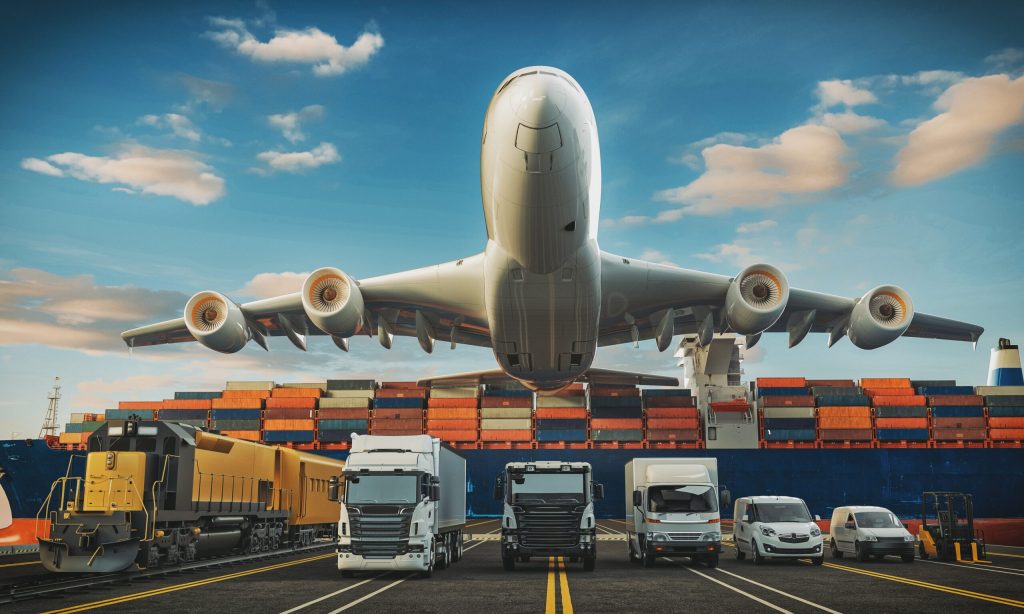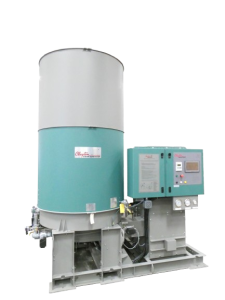Efficient logistics depend on more than just speed; they rely on coordination and timing. Companies are rethinking traditional delivery frameworks to meet tighter deadlines. Businesses are refining routes to improve express delivery performance across their distribution flow. Each connected vehicle now acts as part of a living system that learns and adapts constantly.
Coordinating Fleets With Intelligent Systems
Smarter scheduling systems reduce idle time and minimize overlapping routes. These connected tools adjust driver assignments using live data and predictive insights. They help logistics managers plan shifts that match real-world traffic behavior.
- Adaptive allocation lowers unnecessary vehicle downtime.
- Data mapping ensures coverage without duplication.
- Timely updates improve on-road coordination.
- Intelligent dashboards simplify complex scheduling decisions.
By integrating decision-support tools, teams reduce friction and sustain route consistency across operations.
Streamlined Truck Routes For Faster Turnarounds
Route optimization engines analyze delivery density to shorten cycle times. Automation allows planners to test various route patterns before dispatch. Adjustments occur in seconds when conditions shift, keeping schedules realistic and achievable.
- Traffic feeds guide updated path selections instantly.
- Predictive tools suggest backup routes when delays appear.
- Load balancing prevents excess travel between hubs.
- Delivery clusters increase vehicle utilization efficiency.
These innovations help transport coordinators maintain continuous motion without compromising delivery timing.

Data-Driven Planning Enhancing Operational Speed
Predictive planning now sits at the core of reliable logistics. Fleet supervisors refine truck timing to enhance express delivery consistency across regions. Each decision reflects route data, vehicle health, and demand forecasts working together.
- Integrated dashboards align deliveries with shifting priorities.
- Route analytics forecast bottlenecks before they emerge.
- Planning modules adapt based on fleet performance history.
- Automated triggers alert teams when deviations occur.
Data flow ensures logistics teams operate with foresight rather than reaction, improving agility and control.
How Do Dispatchers Balance Efficiency?
Dispatchers rely on real-time dashboards and adaptive triggers to stay aligned. They adjust shipments around unpredictable events like route congestion or last-minute orders. Most emphasize timing accuracy while maintaining driver comfort and safe workloads.
What Improves Real-Time Decision Accuracy?
Fleet managers prioritize visibility and automation in every stage of coordination. Real-time tracking platforms reduce uncertainty by turning data into visual guidance. They make decisions faster, more confident, and better connected across delivery networks.
Maintaining Speed Through Smarter Alignment
Consistent delivery speed depends on how well all systems communicate. Teams that align scheduling logic with tracking intelligence achieve higher reliability. Continuous feedback keeps operations balanced even as conditions evolve. True efficiency now stems from synchronized timing across every moving part.





More Stories
Industrial Steam Boiler Efficiency: Essential Factors Every Operator Should Closely Evaluate
Logistics Cost Meaning Explained: Key Elements and Metrics Every Supply Chain Manager Must Track
Time for a Clean Home? Find the Best House Cleaning in Omaha